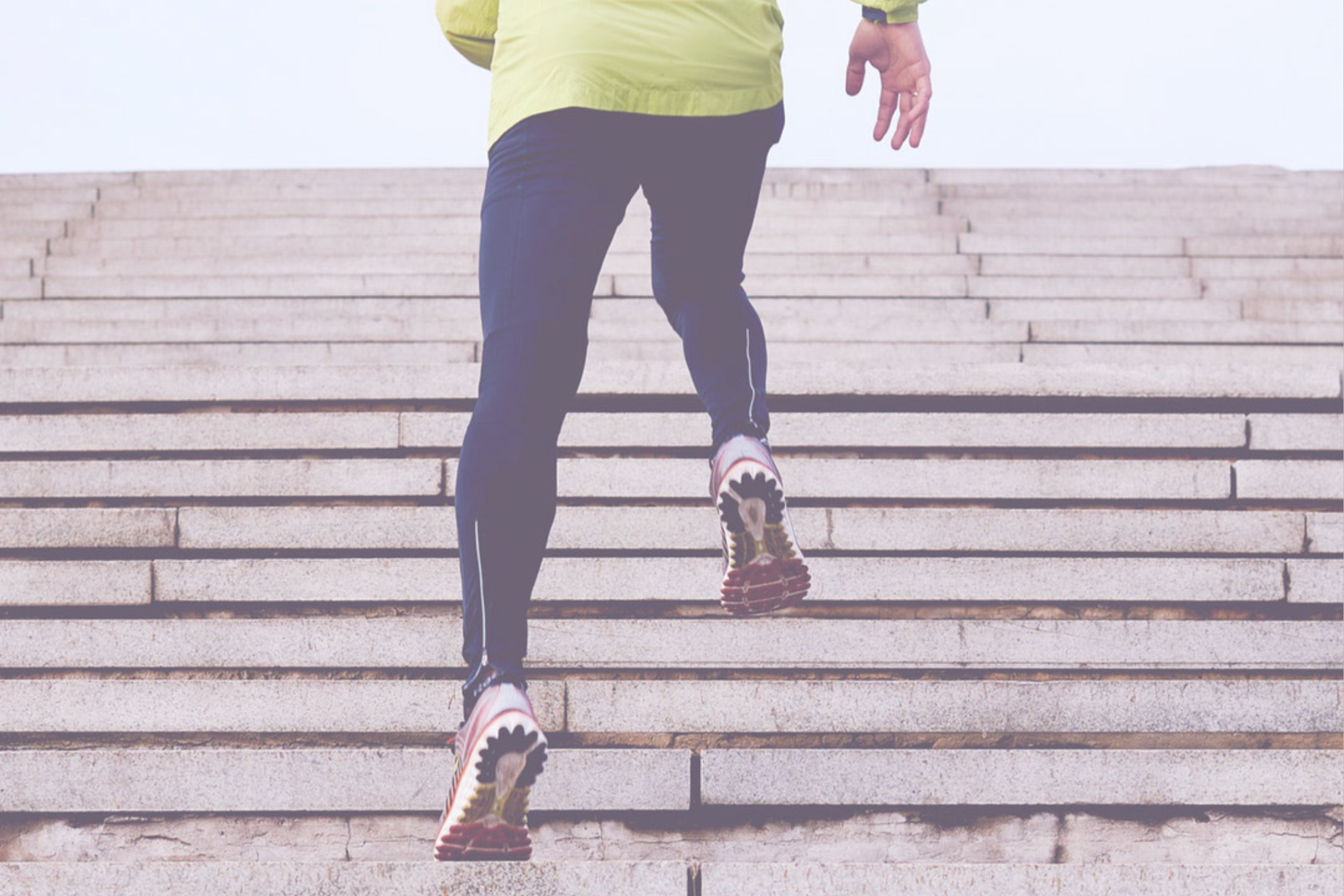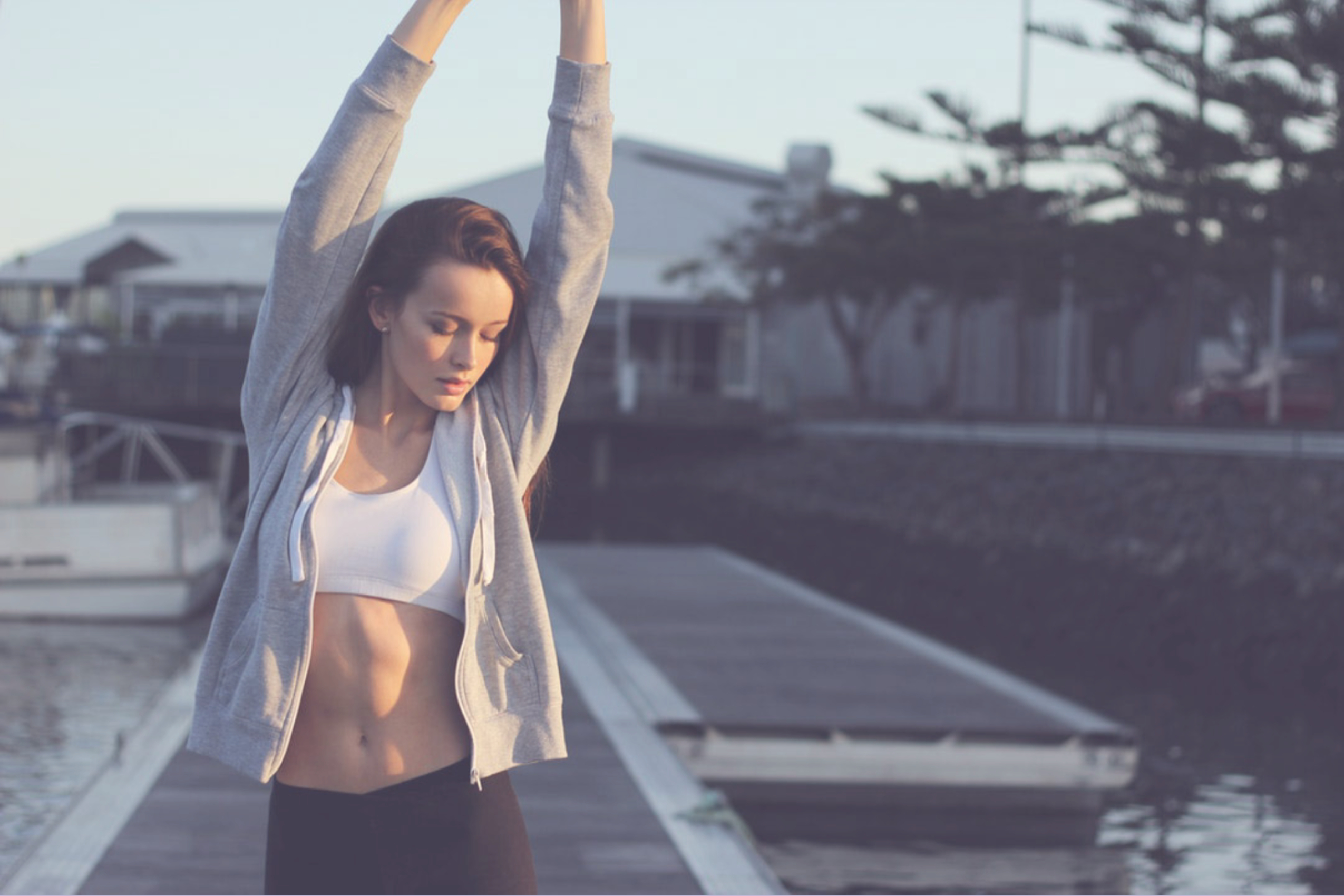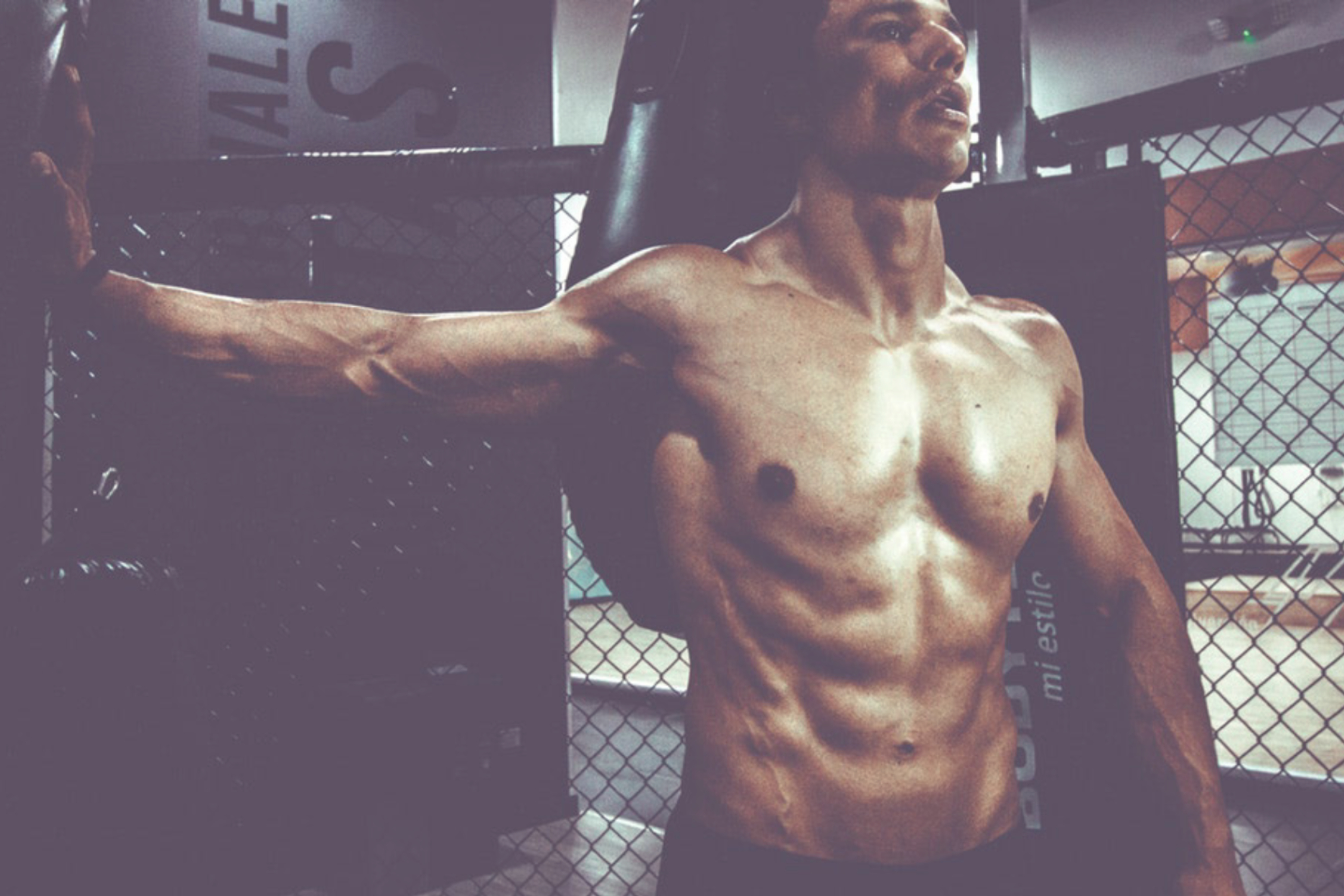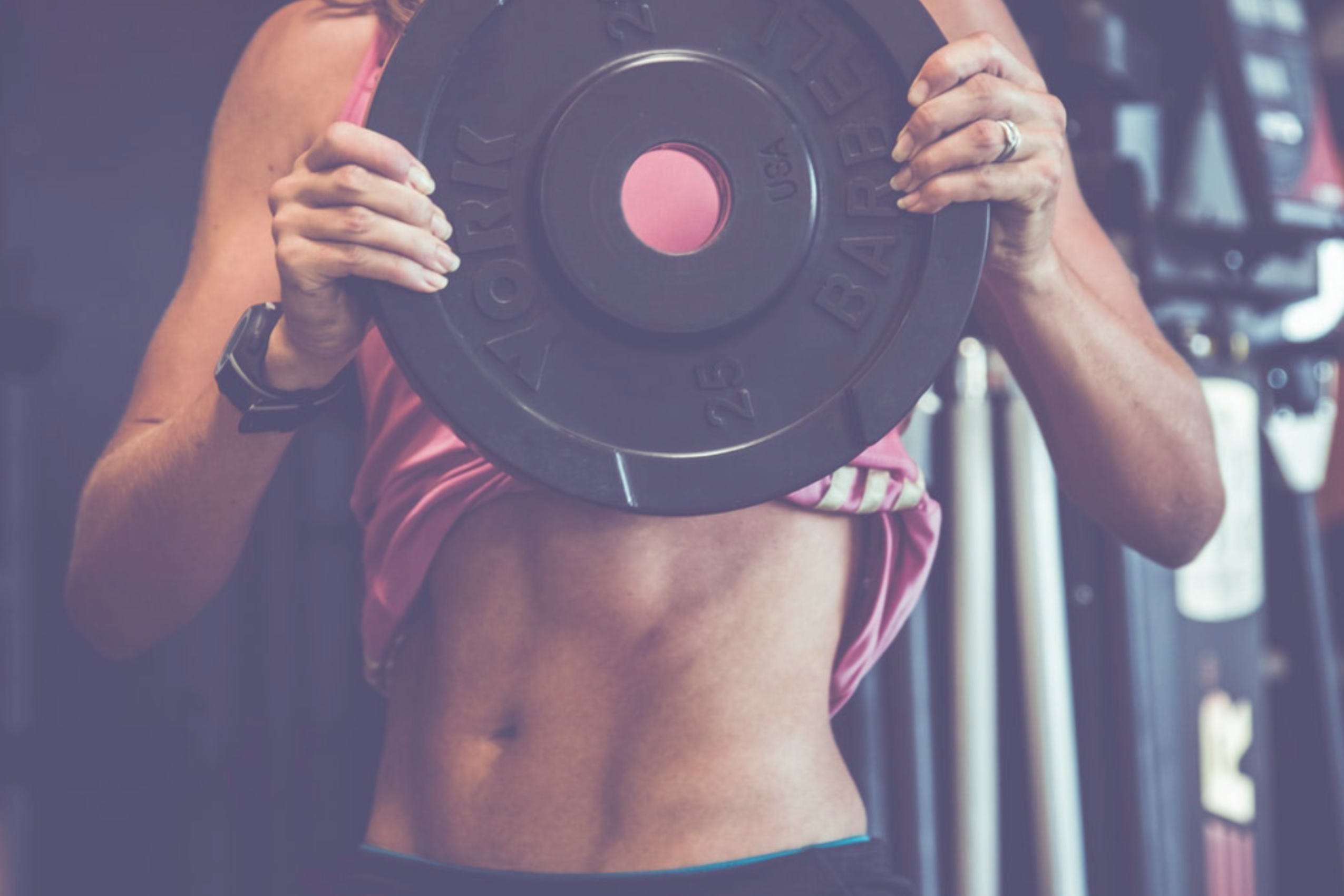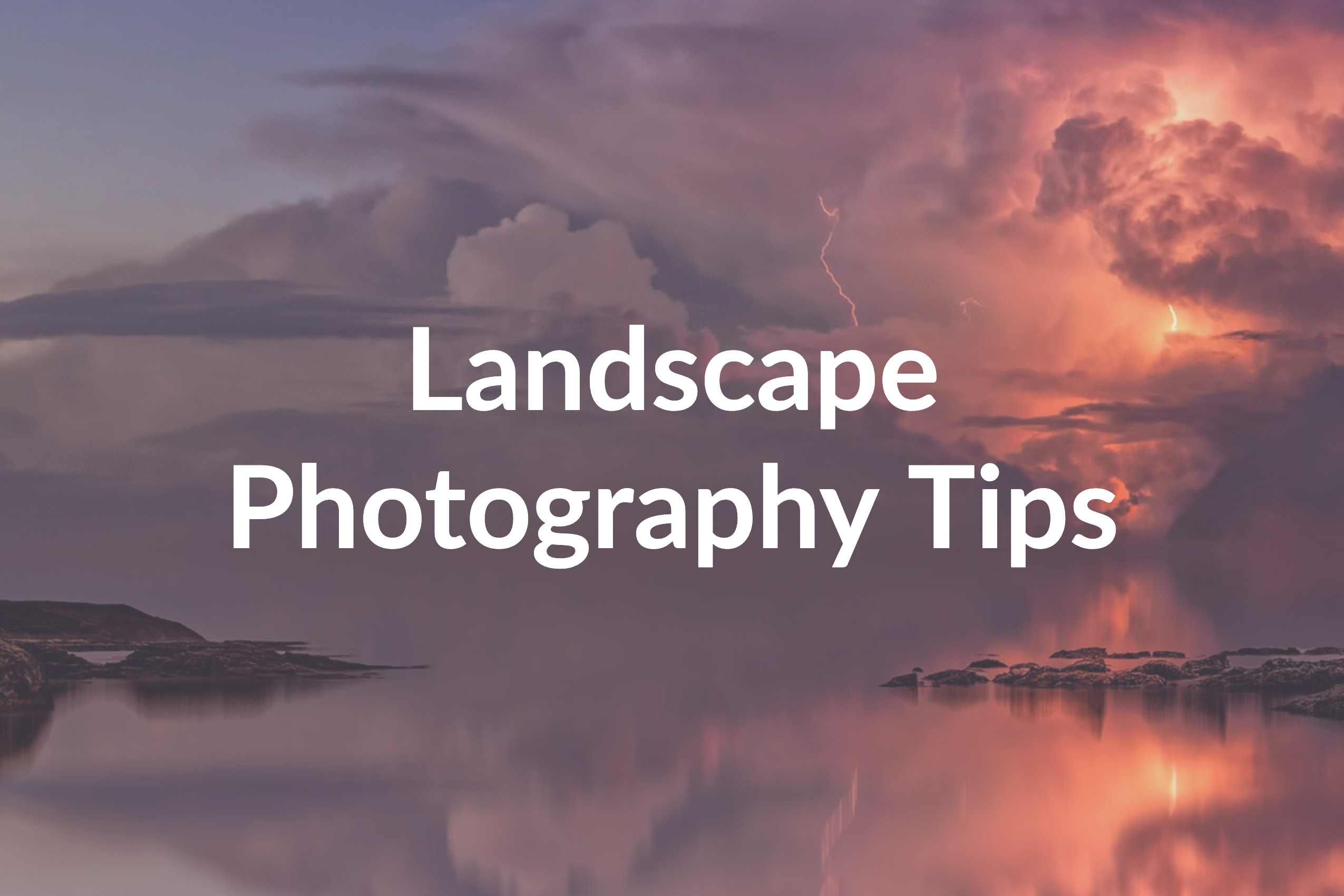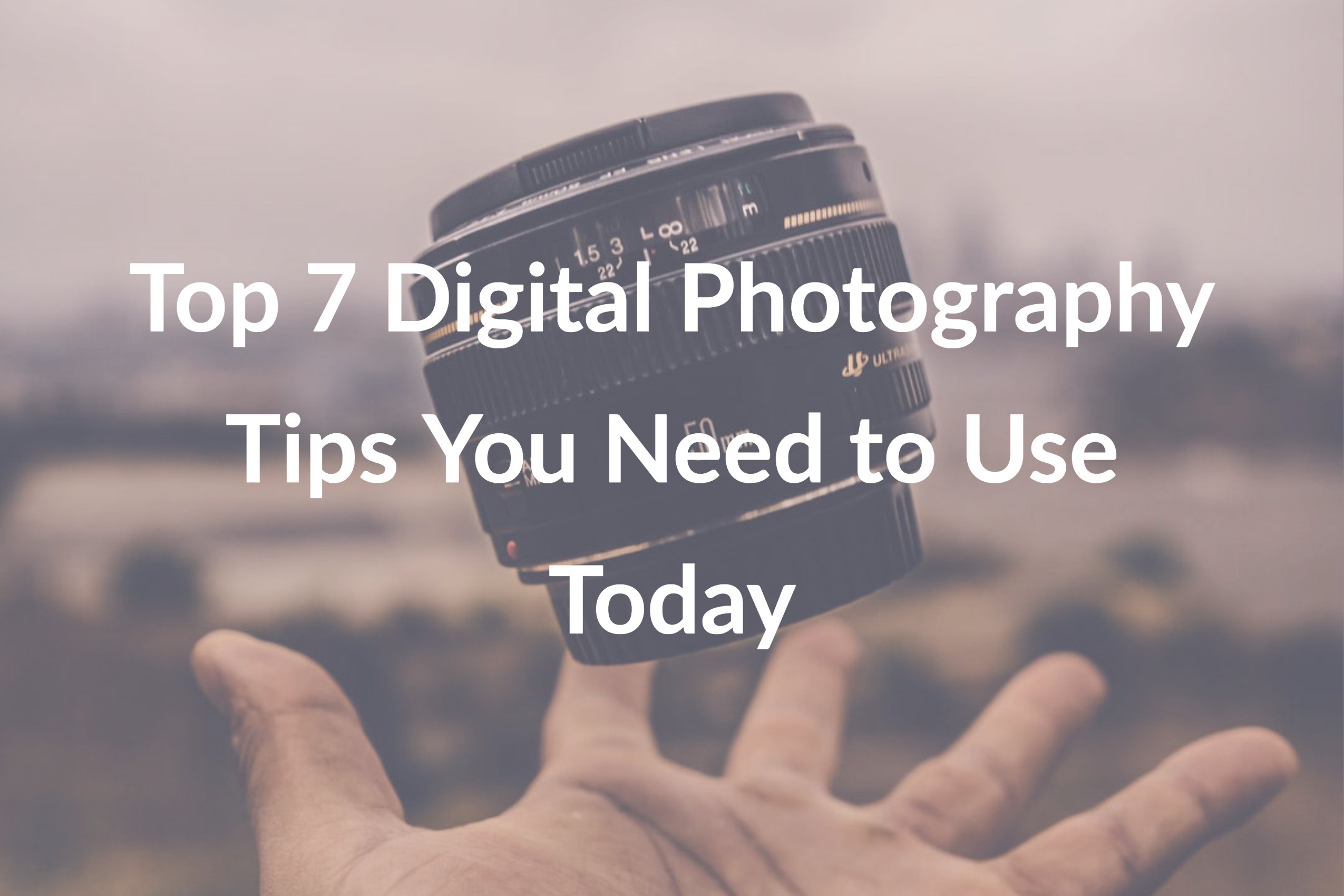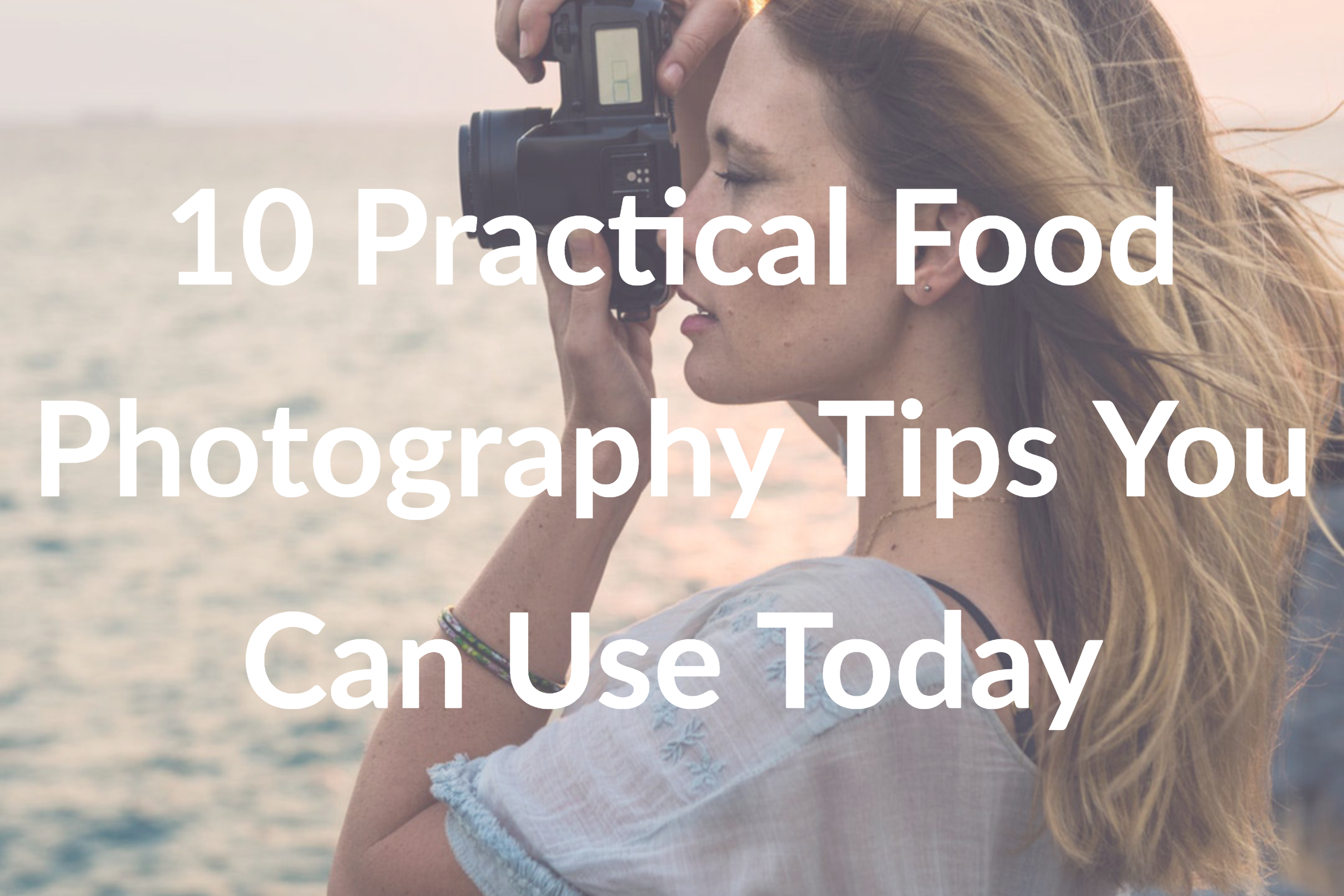5 Practical Tips for Fitness Photography You Should Use Today
We have all seen those beautifully shot images in fitness magazines. There’s a lot more included than just taking a photo to produce the ultimate in a sharp, clear picture. Continue reading to discover five tips for fitness photography that you can incorporate today to create the high-quality images.
Tips for Fitness Photography in the Outdoors
The three most important things to improve outdoor photos is exposure, white balance, and sharp focus. Never select all the focus points, use one focus point which gives you more control. Focus on the eyes of the model. They are the sharpest element on the face. When you’re shooting with a wide aperture value focused on the eyes, the lens bokeh will help in softening the skin as well.
Shoot wide open for shallow depth of field. Invest in a lens capable of wide aperture values. You should shoot at f2.8 or f4. Never shoot a subject at less than 50mm. Try to stay at 70mm or higher. Always shoot in RAW when outside as you can make a vast range of edits before creating the jpg.
Always shoot in the shade as direct sunlight is harsh. It makes you subject squint and creates hard shadows. When you are shooting in the shade, there are no harsh shadows only white shadows created by the subjects natural features. You can make these shots look amazing. Position the subject correctly to where the sun is blocking or overhead. Use a 50mm 1.2 lens.
Fitness Photography Lighting
Start with one light. Target areas lost in the shadows. Use built-in model light to see where the shadow is falling. Adjust the lighting set up by adjusting the models pose and position. Use dramatic highlights and shadows. They are strong elements to show detail and muscle definition.
Fitness Photography Poses
First and foremost, get an expert, not a model. Models look beautiful, but if they can’t do the movement you need for the shots, it won’t seem real. Let’s say you want to photograph a yoga pose, your better of getting a yogi who can do that asana. Make them do the work. Nothing looks better than having your subject do the actual work. Heavy breathing, real sweat are the difference makers. Have your model keep moving. When someone settles into the pose, their expression changes and is not the right look.
Another thing to remember is that it’s difficult to remain entirely still when your model is pushing or pulling on a weight. Appropriately adjust your exposure to compensate for the added movement. Tweak when necessary. Can benefit from little tweaks that result in a more powerful image.
Also, pay attention to facial expression. Photographers forget about this critical fitness tip. What picture are you looking for; determination, satisfaction, happiness, exhaustion? Finally, rinse and repeat. Repeat movements to increase your chances of a winning photo!
Fitness Photography Camera Settings
The key to getting good fitness photos is to set your camera up correctly. Use a fast shutter speed as this is the most critical thing to get right in action photography. If the setting is not quick enough, the shots will be blurry. Open your aperture up nice and wide. Increase your ISO so that your camera can accommodate the fast shutter speed. Use burst mode which gives you a better chance of capturing a good image. Shoot in JPEG which allows you to capture more pictures at a time in burst mode. Make sure to perfect your white balance. Outdoors your cameras automatic white balance will adjust, but indoors you need to pay attention to this. Lastly, tweak your focusing. Focusing on fast-moving subjects can be tricky. It’s important to set up your camera to be as responsive as possible.
Gym Photography
Usually getting exposure settings for a particular situation is easy but photographing fast moving sports action in a gym most likely without enough lighting is challenging. Use the largest aperture (lowest f-stop number) available on your lens. Set your shutter speed to 1/500 or faster to freeze the action. Set your ISO to 1600 or faster. It is likely that most setups will require ISO3200 to capture the image correctly.
Gymnasiums often have mixed lighting from original windows spilling light up high. You will have to adjust accordingly. There is no easy solution for gymnasium photography, but you will become familiar with the different challenges as you work more in this environment.
There are many factors to consider with fitness photography. The setting, outdoors or indoors, the lighting, the model and the action being photographed. After all your hard work, I recommend that you utilize our Berify‘s reverse image search to ensure that no one is stealing your images without your knowledge or permission.

Also, if you’re a business in need of incorporating a reverse image search API to your product, check out Berify’s:

Now, put these tips to use in your next fitness photography session!
